Perfect Guide To Create A Good Abstract Logo Design

Source: Ramotion, BTr Energy B2B Branding, Dribbble, https://dribbble.com/shots/21319461-BTR-Energy-Branding-visual-identity-corporate-brand-design
Abstract logo design offers a versatile and compelling way to represent a brand's essence without the use of explicit imagery. By distilling a company's identity into basic geometric forms and intuitive compositions, designers can create visual symbols that resonate deeply with viewers. This approach not only captures the eye but also stimulates the imagination, allowing individuals to connect personally with the brand’s underlying message. As we navigate through the creative process of abstract logo design, it's crucial to understand how these designs can be both timeless and expressive, providing a unique identity in a competitive marketplace.
This guide will walk you through the essential steps and considerations necessary to craft an abstract logo that is not only aesthetically pleasing but also embodies the core values and aspirations of the brand it represents. Whether you're a seasoned designer or a newcomer to the field, mastering the art of abstract logo design can elevate your brand strategy, ensuring that your logo makes a lasting impression in all the right ways.
Understand Abstract Art Principles
In the realm of abstract logo design, appreciating the fundamental principles of abstract art is essential. Abstract art strives to break away from traditional representation of physical objects; it uses shapes, colors, forms, and gestural marks to achieve its effect. When applied to logo design, these principles encourage the viewer to interpret and connect with the brand on a more instinctive level. This style of design emphasizes simplicity and conceptual clarity, which can be particularly effective in creating memorable and impactful logos. The use of non-representational forms in an abstract logo design allows for flexibility and creativity, enabling designers to express complex ideas through more universal visual languages.
This makes abstract logos particularly adaptable across different cultures and languages, a significant advantage for global brands. By focusing on the emotional resonance rather than literal depiction, abstract logos can evoke a broader range of responses, making them more dynamic and enduring. Understanding these artistic principles can empower designers to create abstract logos that not only stand out visually but also enrich the viewer's interaction with the brand through layered meanings and a compelling narrative.
Define Your Brand Identity
Defining your brand identity is a pivotal step in crafting an abstract logo design. This process involves deep introspection and analysis to distill what your brand stands for—the core values, mission, and vision that differentiate your business in the market. An effective abstract logo visually communicates these elements through its design, conveying your brand's unique story without words. To start, consider what your brand aims to represent. Is it innovation, trust, joy, or perhaps sustainability? Each of these concepts can be symbolically represented through various shapes and forms in your logo. For example, smooth, curving lines might evoke a sense of calm and comfort, while sharp angles could represent precision and innovation.
Color choices also play a crucial role; different hues can evoke different emotions and associations. Understanding your audience is crucial as well; the logo should resonate with them, reflecting their values and aspirations. This alignment between the brand's identity and the customer's expectations and perceptions is fundamental to creating a powerful and effective abstract logo. In sum, a well-defined brand identity not only guides the design process but also ensures that the final logo genuinely reflects what your brand is all about, connecting with your audience at a deeper level.
Use Meaningful Geometry
In abstract logo design, geometry is not just a matter of aesthetics; it serves as a powerful tool to impart deeper meanings and connect emotionally with the audience. Geometric shapes, each with their own set of associations and implications, can significantly enhance the symbolic language of a logo. Circles often represent unity, wholeness, and infinity, making them ideal for brands that want to suggest community, stability, or eternity. Squares and rectangles convey stability and reliability, attributes that are perfect for financial institutions or legal firms that need to project trustworthiness and strength.
Triangles can point upwards or downwards, symbolizing direction, movement, or progress, suitable for companies that wish to appear dynamic or innovative. Incorporating these shapes thoughtfully into your abstract logo design can create a resonant visual identity that not only looks striking but also communicates the essence of the brand at a glance. By strategically using geometry, designers can craft logos that are not only visually captivating but also rich in symbolism, enhancing the brand’s narrative in a compact and impactful way.

Source: Vadim Carazan, Abstract Z, Dribbble, https://dribbble.com/shots/21378454-Abstract-Z-for-sale
Select Appropriate Colors
Color selection is crucial in abstract logo design, as colors evoke specific emotions and can significantly influence how a brand is perceived. When choosing colors for an abstract logo, consider the psychological impact each hue can have. For example, blue often denotes professionalism, security, and tranquility, making it a favorite in corporate and healthcare industries. Green is associated with nature, growth, and sustainability, ideal for brands emphasizing eco-friendliness or wellness. Red captures attention with its vibrancy and energy, suitable for brands that want to project passion or excitement. Beyond individual color meanings, consider how different colors interact. Complementary colors create contrast and vibrancy, while analogous colors offer harmony and unity.
Additionally, the saturation and brightness of a color can alter its impact; muted tones might convey sophistication and calm, whereas bright colors can appear more energetic and bold. It’s essential to test color variations across various media to ensure consistency and visibility regardless of where the logo is displayed. By carefully selecting appropriate colors, your abstract logo will not only grab attention but also subtly communicate the core values and personality of the brand.
Incorporate Negative Space
Mastering the use of negative space is a key element in creating compelling abstract logo designs. Negative space, or the background of the logo, is not just a passive canvas but an active component of the design. It can shape the logo’s identity and enhance its message. When used cleverly, negative space adds a layer of sophistication and can convey concepts in a subtle yet impactful way. For example, the negative space in a logo might form a hidden symbol or secondary image, adding depth to the design and creating a memorable visual twist that engages the viewer.
This technique not only makes the logo intriguing but also encourages deeper engagement as people often delight in discovering the 'hidden message'. It’s crucial to experiment with different layouts and positioning to see how shapes and the space around them interact to best convey the brand's values. Effective use of negative space can significantly contribute to a logo’s simplicity and versatility, ensuring it remains clear and effective across various applications, from small digital icons to large billboards.
Focus on Scalability
Scalability is essential in abstract logo design, ensuring that the logo maintains its effectiveness and clarity across all sizes and formats. A scalable logo performs well whether it's on a small mobile app icon or a large billboard advertisement. To achieve scalability, simplicity is key. Avoid overly complex designs that might lose detail or become muddled when reduced. Focus on strong, clean lines and shapes that are recognizable at any size.
Additionally, consider the logo's color variations and how they adapt to different backgrounds and contexts. It is beneficial to test the logo in various use cases early in the design process—such as on letterheads, business cards, and digital platforms—to identify any potential issues with scalability. This approach ensures that the abstract logo remains functional and impactful, no matter how or where it is displayed, reinforcing the brand's presence in a consistent and professional manner across all media.
Experiment With Symmetry and Asymmetry
Experimenting with symmetry and asymmetry is a vital aspect of abstract logo design, influencing how a brand is perceived. Symmetrical designs are often seen as harmonious and balanced, instilling a sense of stability and professionalism in the viewer. They are particularly effective for brands aiming to convey trustworthiness and reliability. On the other hand, asymmetrical designs can be dynamic and modern, suggesting innovation and creativity. These designs often capture the viewer's attention by breaking the mold, offering a unique visual experience that stands out in a crowded marketplace.
When designing an abstract logo, consider how the use of symmetry or asymmetry could reflect the brand's identity and values. It's important to balance these elements carefully to achieve the desired impact without compromising the logo's legibility or functionality. The choice between symmetry and asymmetry should not only support the aesthetic appeal but also reinforce the brand's messaging and positioning. By skillfully manipulating these elements, designers can create a logo that is not only visually engaging but also deeply resonant with the target audience.

Source: Tornike Uchava, Cross Symbol, Dribbble, https://dribbble.com/shots/21010622-Cross-symbol
Consider the Typography
Typography in abstract logo design plays a crucial role in complementing and enhancing the overall impact of the logo. When incorporating text, the choice of font should align with the brand's personality and the abstract forms used in the logo. A minimalist sans-serif font can convey a modern and clean look, suitable for tech companies or startups, while a serif font might suggest tradition and reliability, perfect for legal or financial firms. It's essential to ensure that the typography is not only aesthetically pleasing but also legible across various sizes and applications. The spacing between letters and the weight of the typeface are important considerations that affect readability and visual harmony.
Additionally, custom typography can be a powerful tool in abstract logo design, providing uniqueness and setting the brand apart from competitors. By thoughtfully integrating typography with abstract elements, the logo becomes a cohesive representation of the brand, reinforcing its identity and ensuring it resonates clearly with its intended audience.
Use Visual Movement
Incorporating visual movement into abstract logo design can significantly enhance the logo’s dynamic appeal and effectiveness. Visual movement refers to the way shapes, lines, and forms are arranged to guide the viewer's eye across the design, creating a sense of action or flow. This technique can be particularly powerful in conveying what the brand stands for, such as forward-thinking, agility, or progress. To achieve this, consider elements like curved lines that suggest motion, or arrows that point in a specific direction, subtly implying advancement or directionality.
The arrangement of elements can also play a role; for example, placing shapes in a way that they seem to ascend can give an uplifting and aspirational feel. Effective use of visual movement not only captures attention but also makes the abstract logo more memorable by embedding a sense of energy and life. It’s important to ensure that the movement aligns with the brand's messaging, enhancing the overall narrative without overwhelming the simplicity and clarity that a great logo requires. By mastering this technique, designers can create compelling, vibrant logos that resonate with the audience and stand out in the market.
Employ Versatility
Versatility is a cornerstone of effective abstract logo design, ensuring that the logo maintains its integrity and impact across diverse applications and platforms. A versatile logo performs well in both color and black and white, scales efficiently from a tiny app icon to a large billboard, and looks appropriate in both digital and print formats. To design a versatile abstract logo, start by focusing on simplicity and clarity. Avoid overly complicated designs that may not translate well across different media. Test the logo in various contexts to check its effectiveness; for example, see how it looks on different backgrounds, sizes, and materials.
It's also beneficial to design a responsive logo that can be adapted for different uses, such as a simplified version for small scales and a more detailed version for large-scale applications. Additionally, consider the cultural implications of your design elements to ensure the logo is appropriate and effective in international markets if the brand is global. By prioritizing versatility, you ensure that the abstract logo not only strengthens the brand's identity but also supports its marketing strategies across all platforms, making the brand instantly recognizable and consistently represented wherever it appears.
Conclusion
Mastering abstract logo design involves a deep understanding of abstract art principles, thoughtful application of shapes and colors, and strategic use of negative space and visual movement. By focusing on scalability, versatility, and the subtle balance between symmetry and asymmetry, designers can create logos that not only capture the essence of a brand but also engage and resonate with the target audience across various platforms. Remember, a well-crafted abstract logo not only stands out visually but also supports the brand's identity and communication strategy, ensuring it leaves a lasting impression in the competitive business landscape.
Let Us Know What You Think!
Every information you read here are written and curated by Kreafolk's team, carefully pieced together with our creative community in mind. Did you enjoy our contents? Leave a comment below and share your thoughts. Cheers to more creative articles and inspirations!

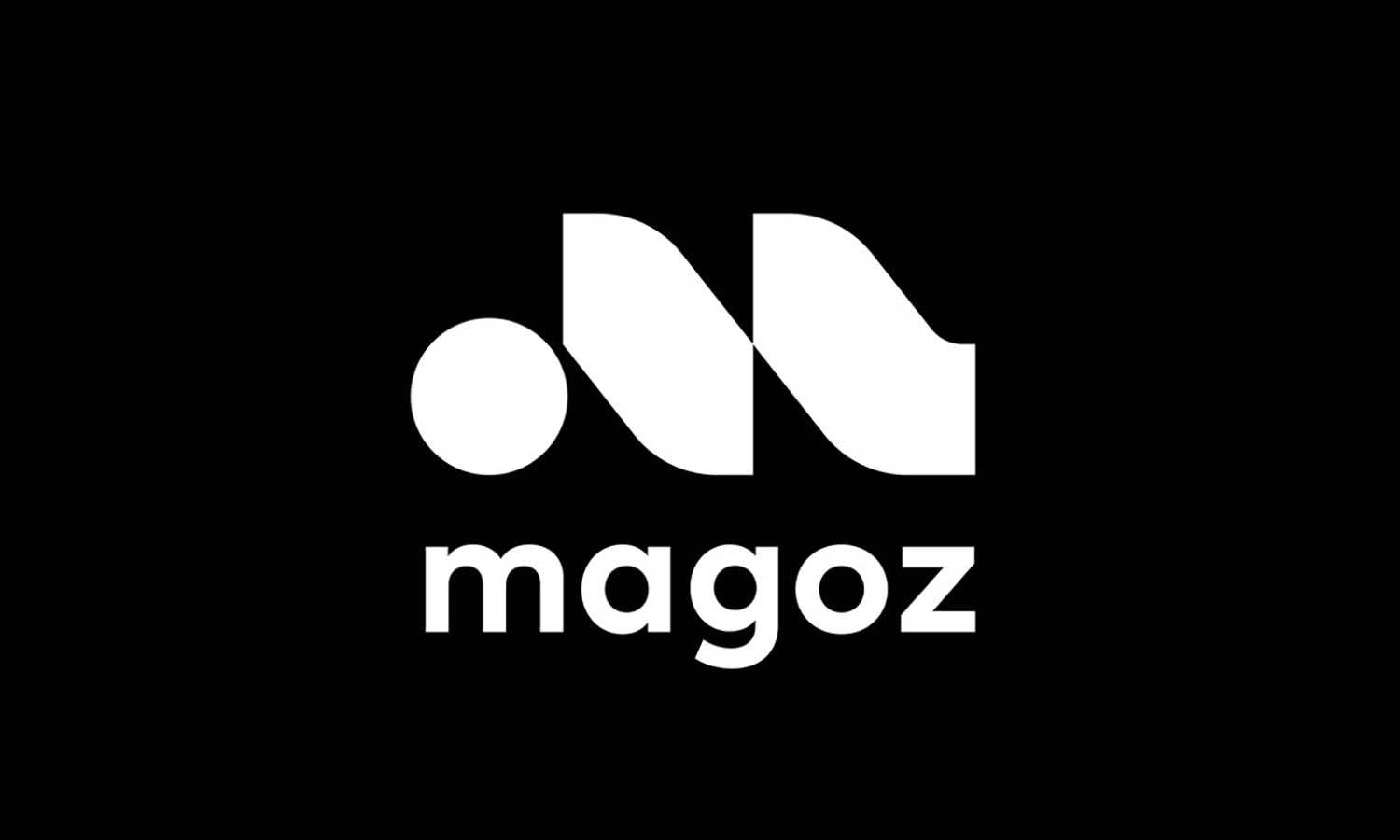
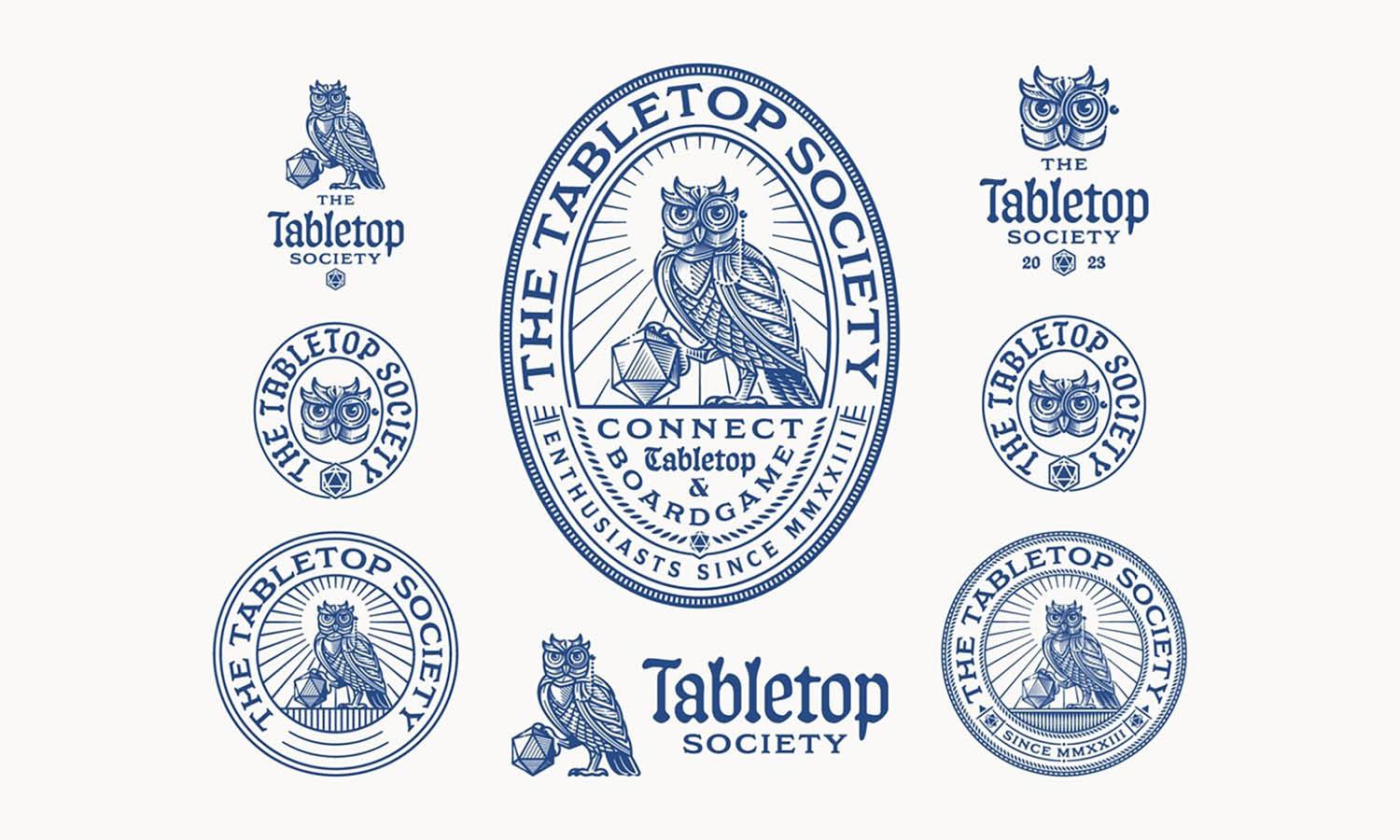



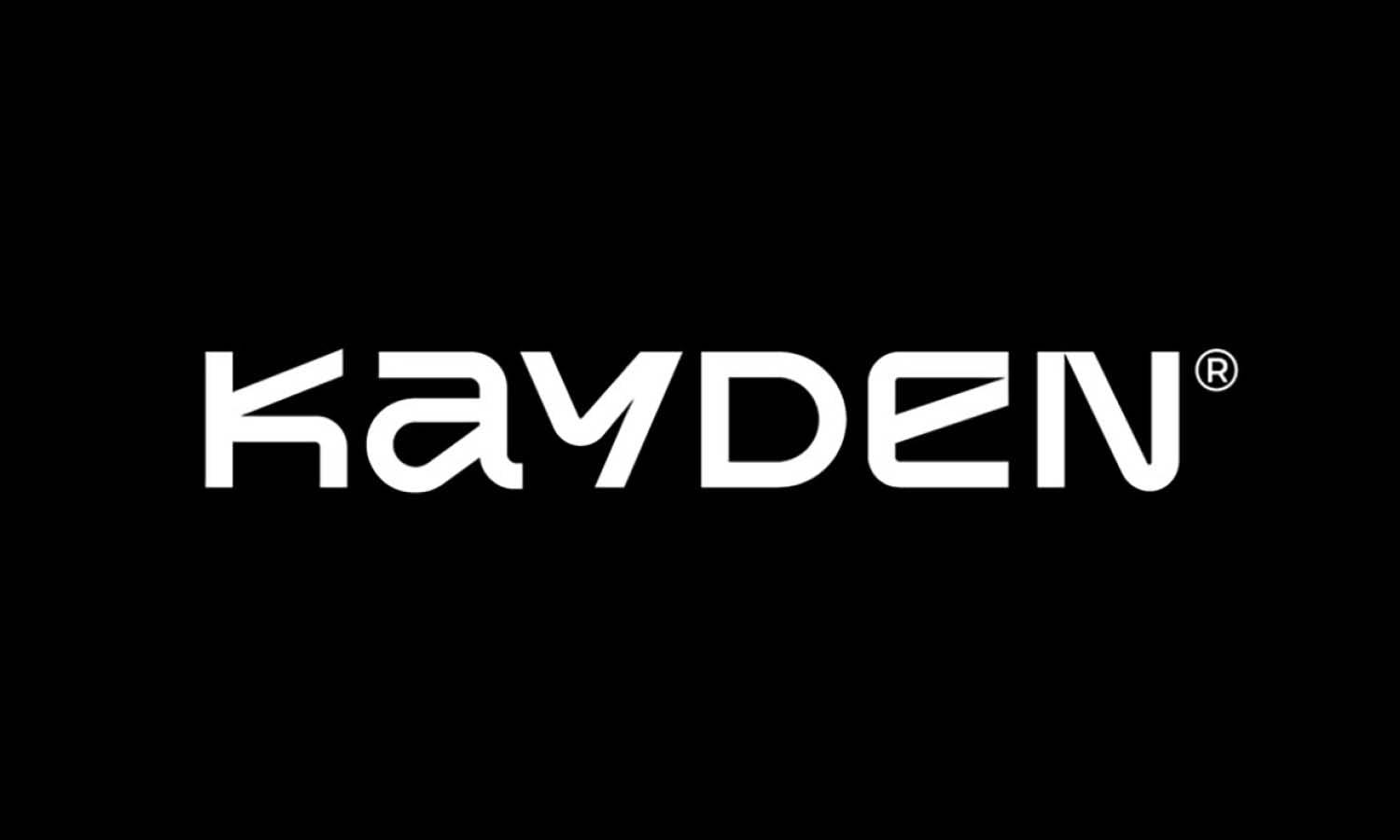
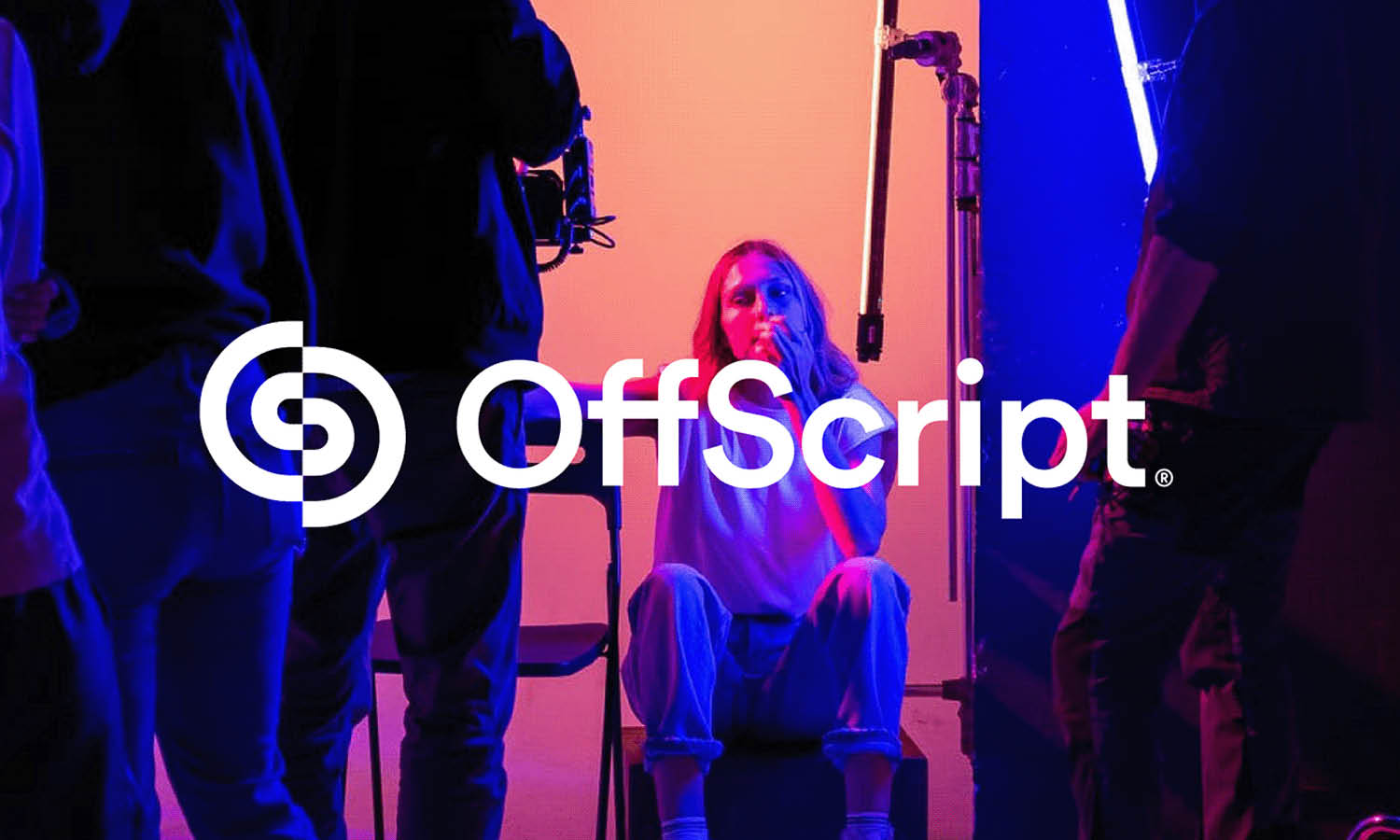
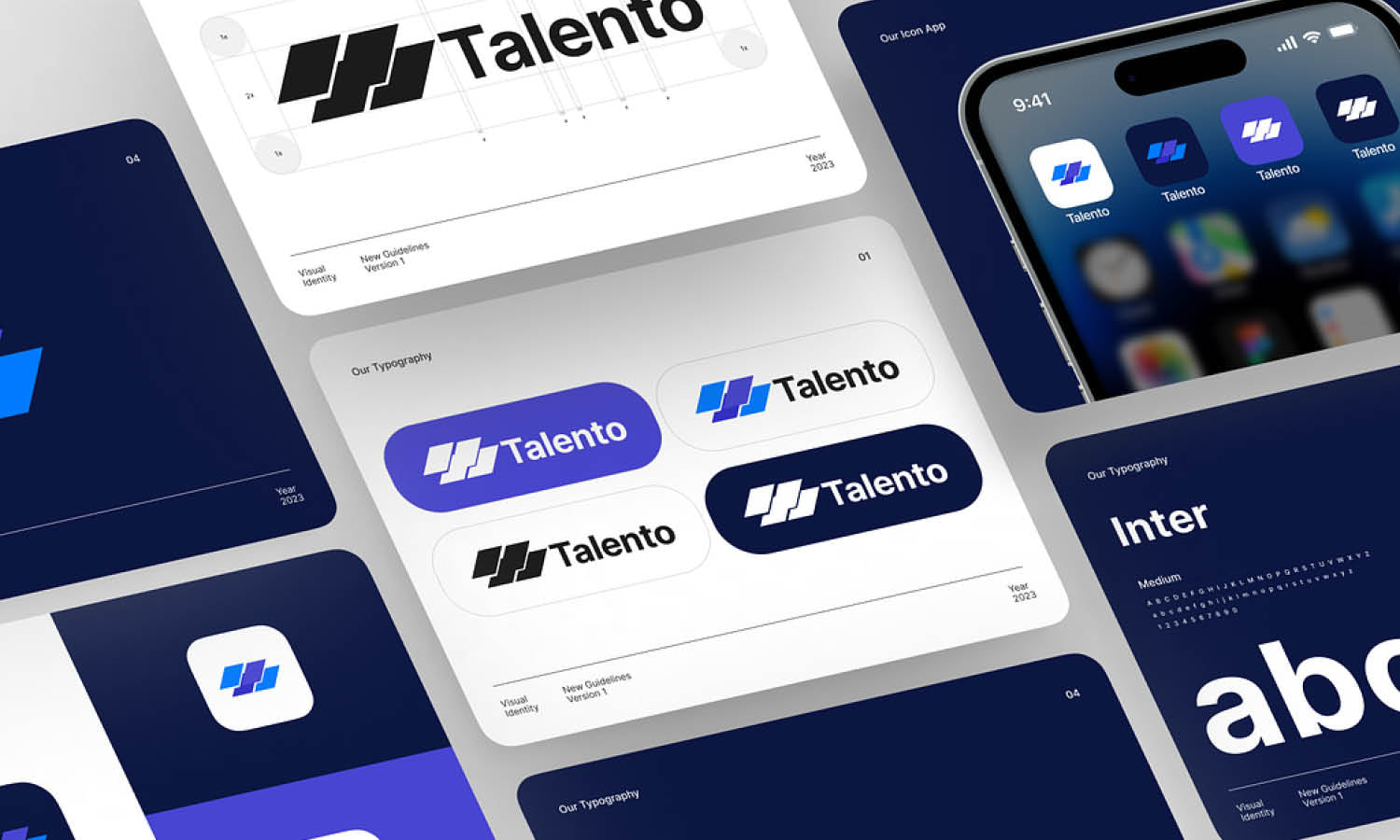







Leave a Comment